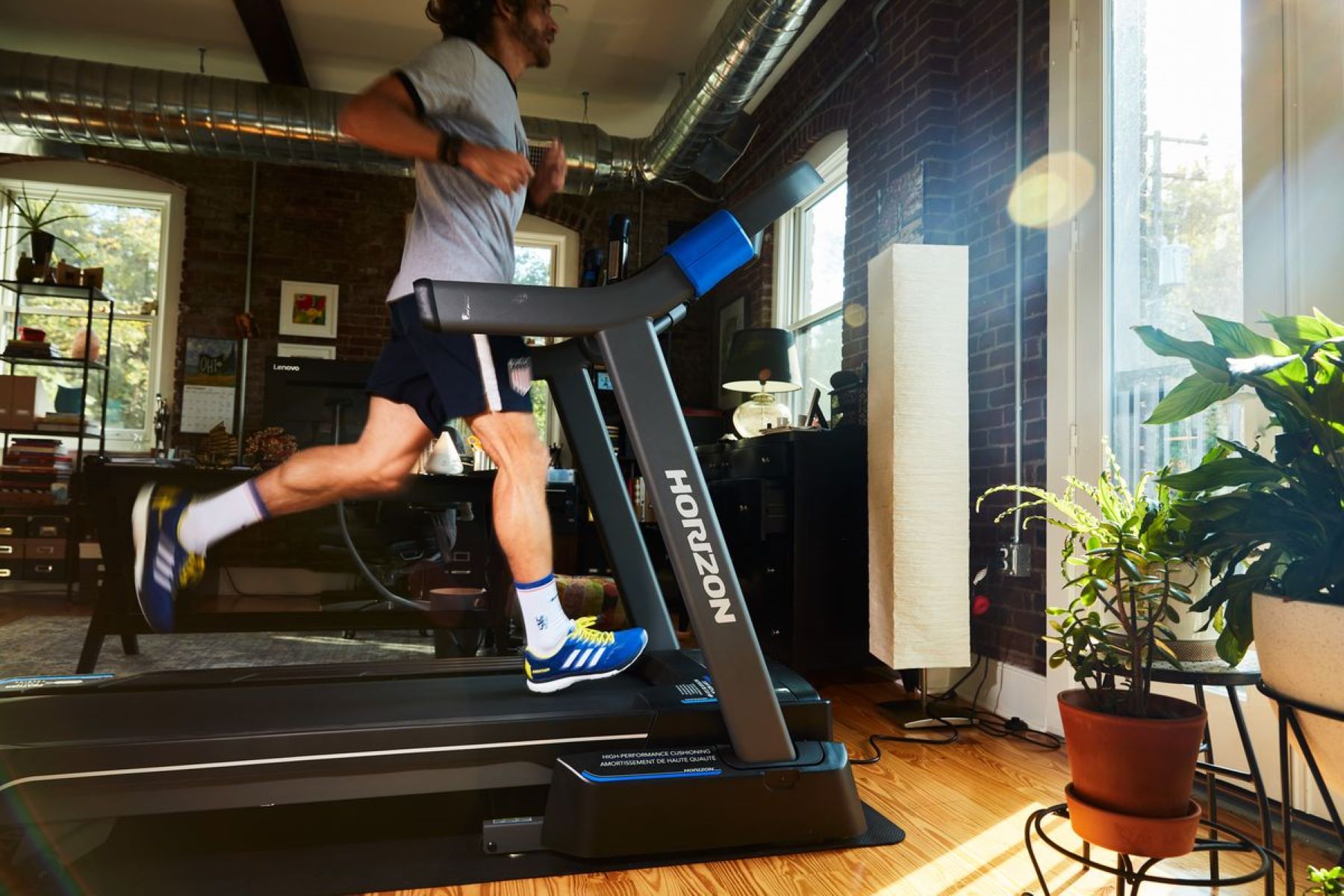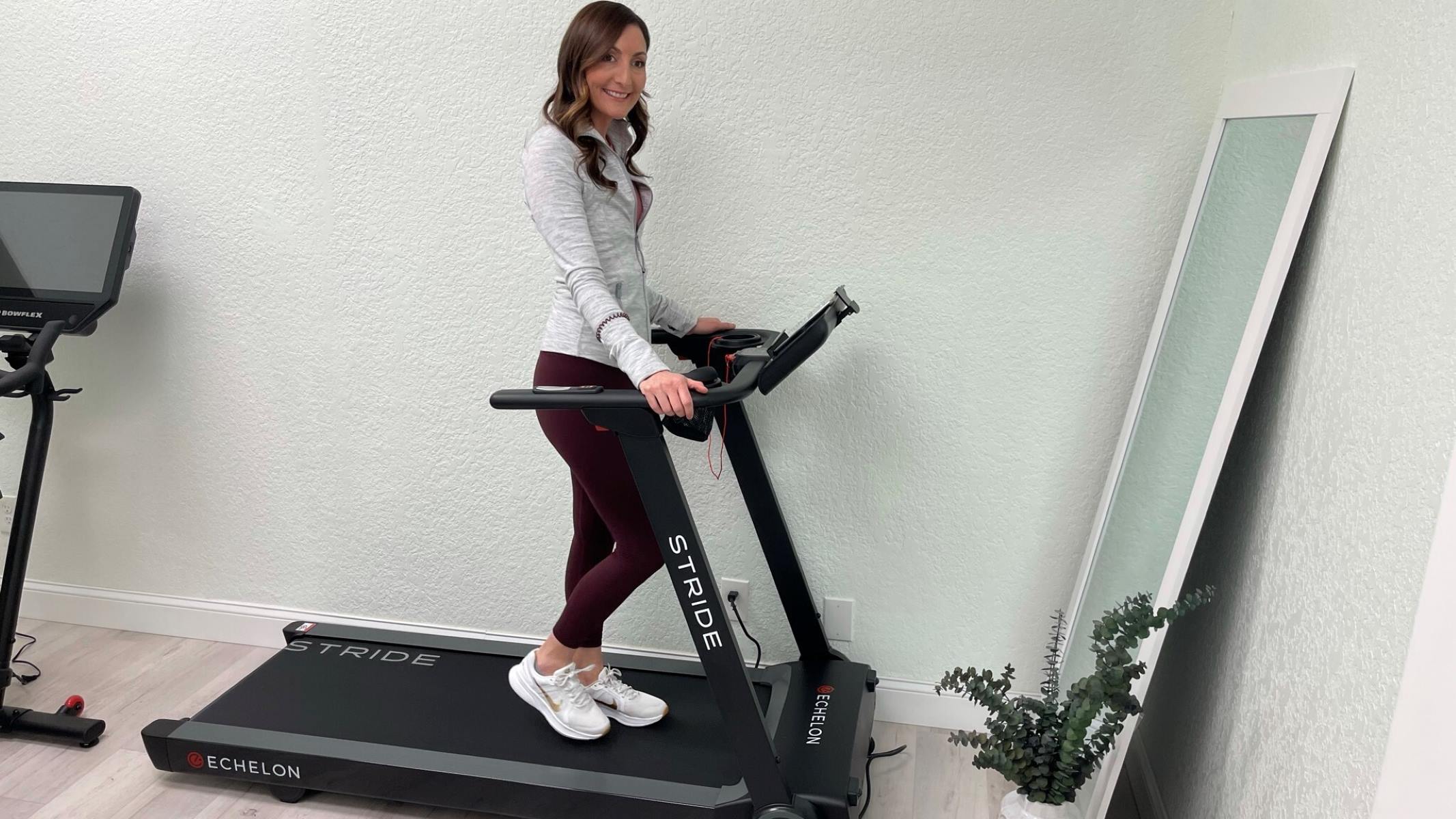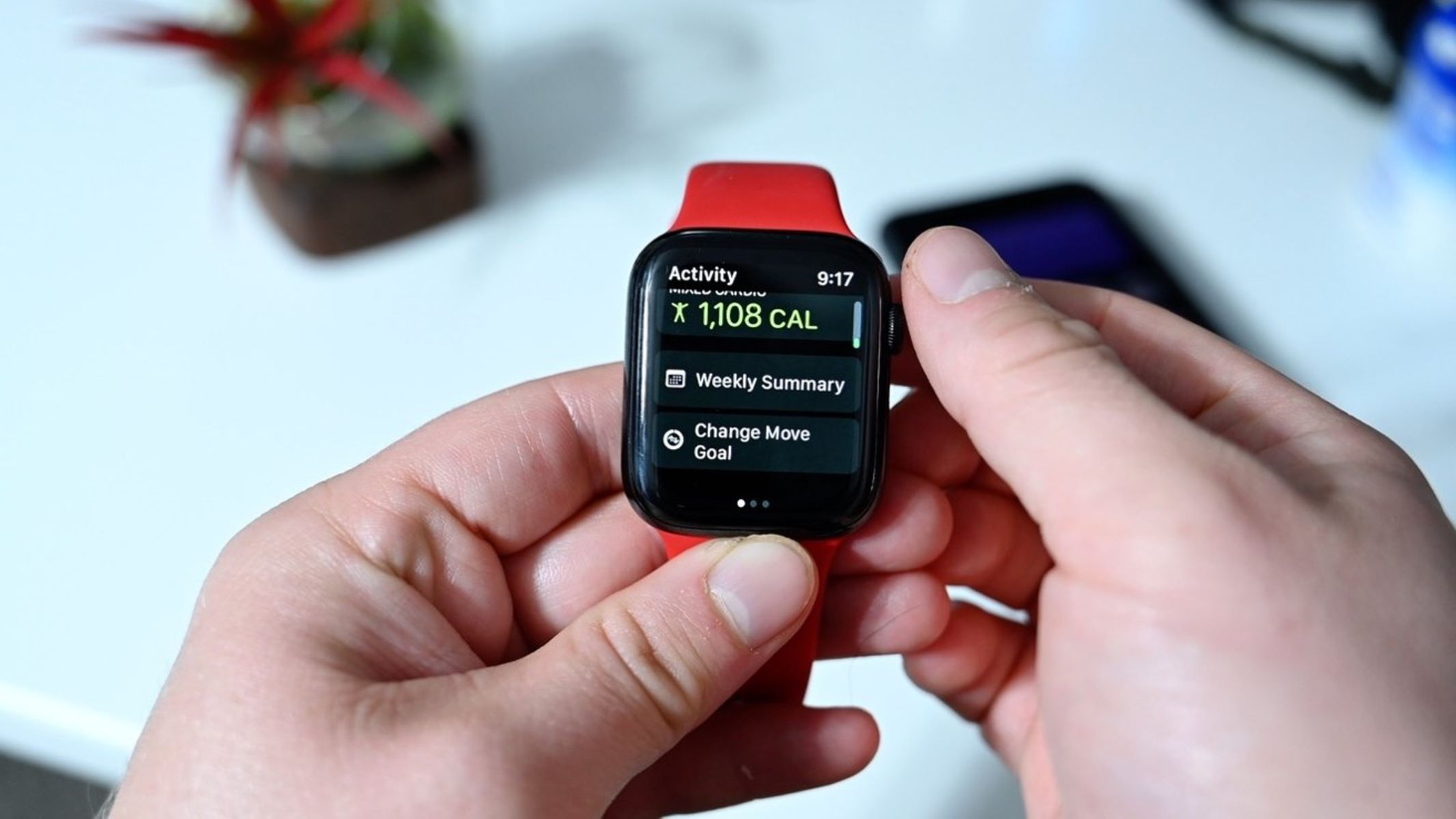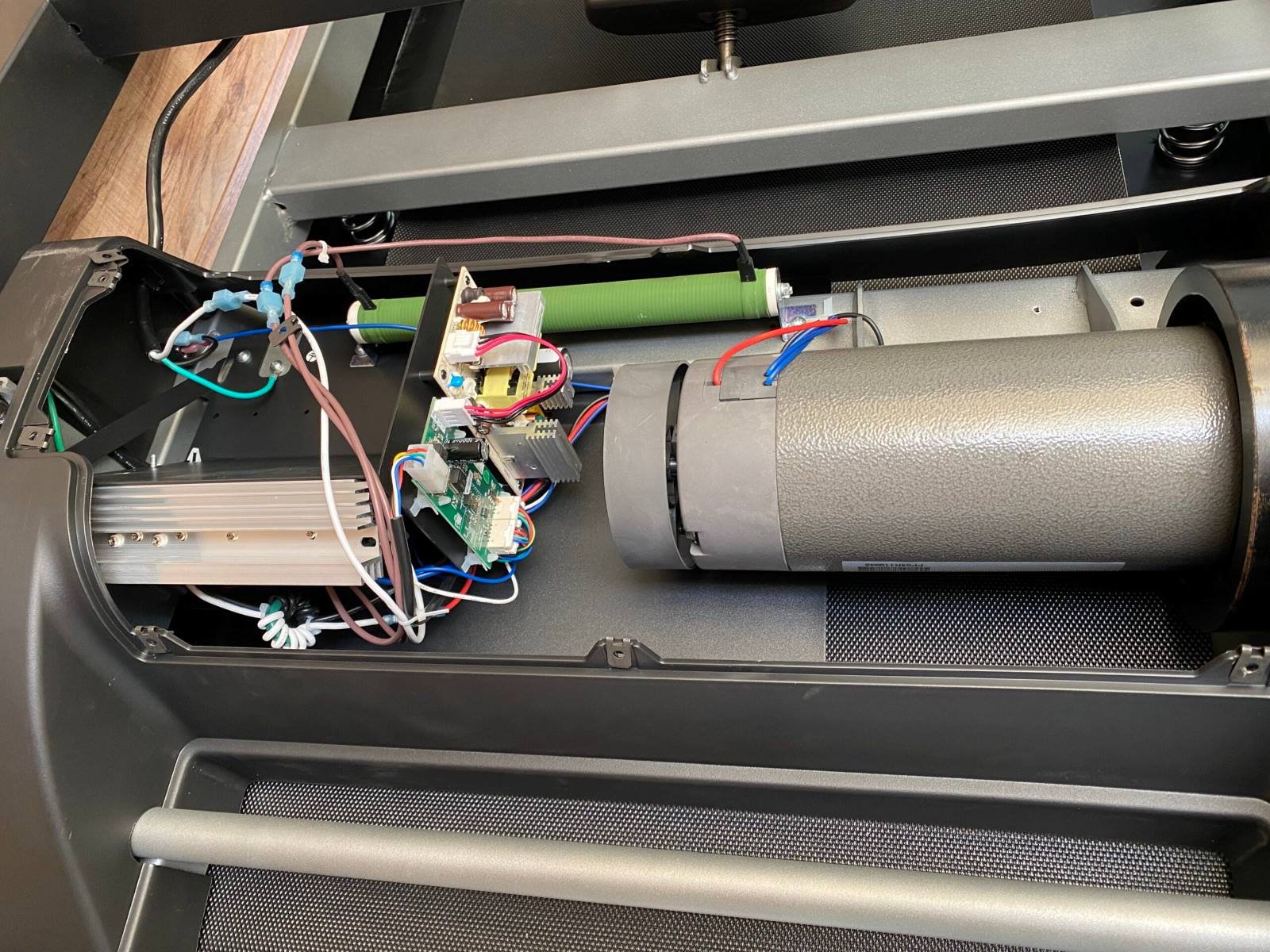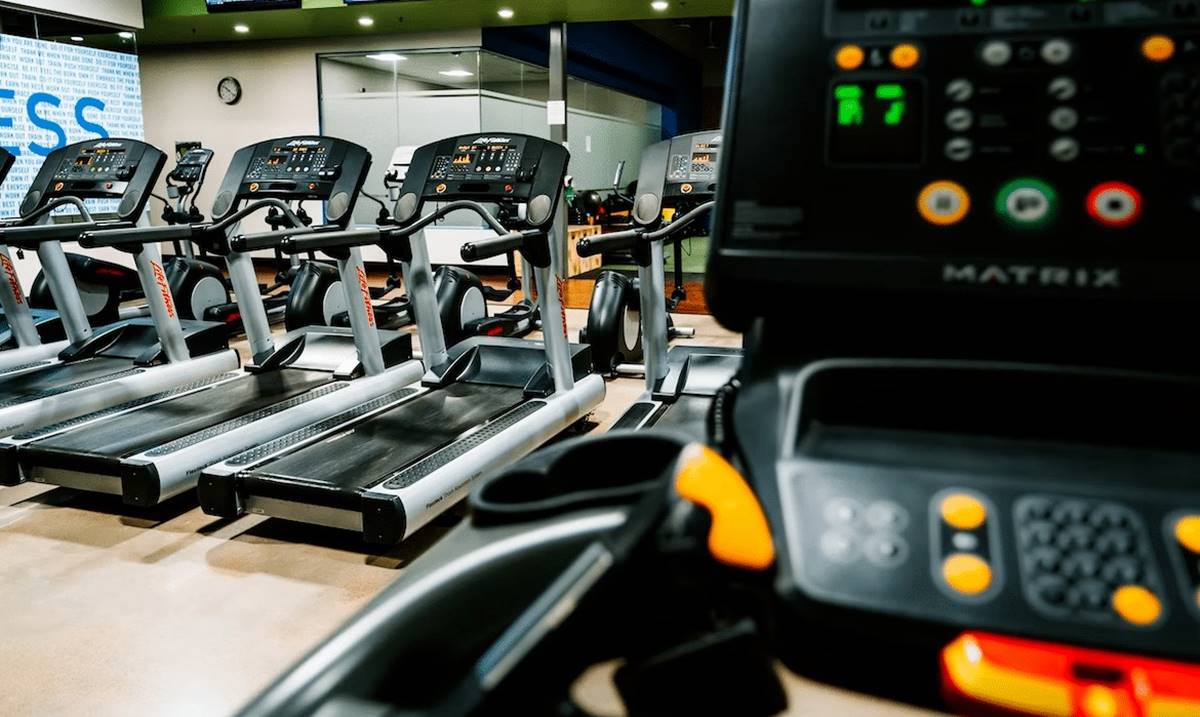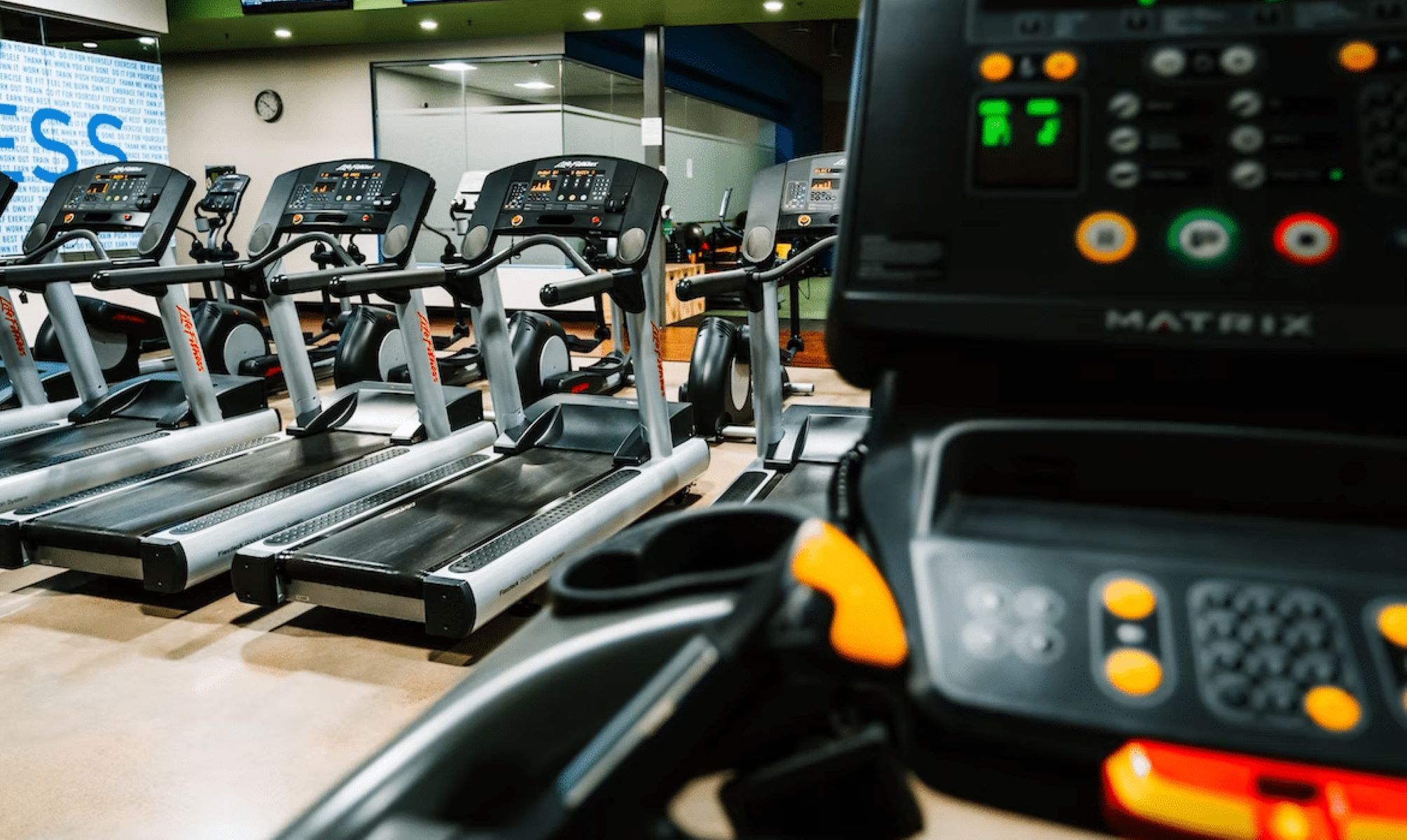

Featured
What Are The Speeds On A Treadmill
Modified: August 21, 2023
Discover the featured treadmill speeds for your workout needs. Uncover the ideal pace to get in shape and reach your fitness goals with our expert guide.
Introduction
When it comes to cardio exercise equipment, treadmills are a popular choice for many fitness enthusiasts. Treadmills offer convenience, versatility, and the ability to control your workout intensity. One key component of a treadmill workout is the speed at which you run or walk, which can significantly impact your fitness goals, endurance, and overall workout experience.
Understanding the speeds on a treadmill is essential for maximizing your workout and achieving the desired results. Whether you’re a beginner or an experienced runner, knowing how to navigate and take advantage of the different speed settings on a treadmill can make a world of difference in your fitness journey.
In this article, we will delve into the world of treadmill speeds, exploring how they are determined and the common speed settings you’ll find on most treadmills. We will also discuss the benefits of varying treadmill speeds and important safety considerations to keep in mind while using this fitness equipment. So, let’s lace up our shoes and dive right in to discover the exciting world of treadmill speeds.
Understanding Treadmill Speeds
Before we explore the different speed settings on a treadmill, it is important to have a basic understanding of how treadmill speeds are measured and what they represent. Treadmill speeds are typically measured in miles per hour (mph) or kilometers per hour (km/h) and indicate how fast the treadmill belt is moving.
The speed setting on a treadmill affects the pace at which you walk, jog, or run. Lower speeds are ideal for walking or light jogging, while higher speeds are suitable for faster running or sprinting. The speed range on treadmills can vary from 0.5 mph to as high as 12 mph or more, depending on the model.
It’s worth noting that treadmill speeds may feel slightly different than running outdoors due to factors like the cushioned surface of the treadmill belt and the absence of wind resistance. However, most modern treadmills are designed to simulate outdoor running conditions as closely as possible to provide an effective workout experience.
Another important factor to consider is the incline setting on a treadmill. Incline refers to the angle of the treadmill deck, which simulates running or walking uphill. When you increase the incline setting, the intensity of your workout increases, even at slower speeds. Combining varying speeds with incline settings can create a challenging and effective workout routine.
It’s essential to familiarize yourself with the speed controls on your specific treadmill model. Most treadmills feature dedicated speed buttons or a speed control panel that allows you to adjust the speed up or down incrementally. Some treadmills also have preset programs that automatically adjust the speed and incline settings to provide a variety of workout options.
Now that we have a solid grasp of what treadmill speeds entail, let’s move on to the next section, where we will explore how treadmill speeds are determined.
Determining Treadmill Speeds
Treadmill speeds are determined by the motor inside the treadmill, which drives the movement of the belt. The motor’s power and capabilities play a significant role in the range of speeds that a treadmill can offer. Treadmill motors are typically categorized by their continuous horsepower (CHP) rating, which indicates the sustained power output of the motor during use.
Higher-end treadmills often have more powerful motors, allowing for smoother and faster speed adjustments. These treadmills can reach higher top speeds, making them suitable for experienced runners or those looking for intense sprinting workouts. Lower-end treadmills may have less powerful motors, restricting the top speed but still providing adequate speed options for walking or light jogging.
When determining the appropriate treadmill speed for your workout, it is crucial to consider your fitness level, goals, and comfort. If you’re new to running or have a lower fitness level, starting at a slower speed and gradually increasing as you build endurance is recommended. On the other hand, if you’re experienced or training for a specific event, you may choose to challenge yourself with higher speeds.
Most treadmills offer the ability to adjust speed in small increments, such as 0.1 mph, allowing for precise control over your pace. This feature is particularly useful for interval training or when you want to make gradual speed adjustments during your workout.
It’s worth mentioning that treadmill speed is not the sole factor in determining the intensity of your workout. As mentioned earlier, the incline setting also plays a significant role. A slower speed combined with a higher incline can provide a challenging workout, targeting different muscle groups and increasing the overall calorie burn.
Now that we have a better understanding of how treadmill speeds are determined and the factors to consider, let’s explore the common speed settings you’ll encounter on most treadmills in the next section.
Common Speed Settings on Treadmills
Treadmills typically offer a range of speed settings to accommodate different fitness levels and workout preferences. While the specific speed settings may vary among different treadmill models, there are some common speed ranges you will commonly find on most treadmills. Here are the typical speed settings you can expect to see:
- Warm-Up Speed: This is the lowest speed setting on most treadmills, usually around 0.5 to 2 mph. It’s ideal for a gentle warm-up or cool-down phase of your workout. Walking at this speed helps increase blood flow, loosens up the muscles, and prepares your body for more intense exercise.
- Brisk Walking Speed: This speed range is typically between 2 to 4 mph, providing a brisk walking pace. It is suitable for individuals who want to focus on cardiovascular health, weight loss, or who prefer a lower-impact workout. Brisk walking at this speed can still provide a good calorie burn and improve overall fitness.
- Jogging Speed: Jogging speeds generally range from 4 to 6 mph, providing a moderate aerobic workout. Jogging on a treadmill is a versatile option for those who want to improve cardiovascular fitness, burn calories, and build lower body strength. It’s a great middle ground between brisk walking and running.
- Running Speed: This range typically starts at 6 mph and can go up to 12 mph or more on advanced treadmills. Running speeds aim to challenge experienced runners and those who are training for races or endurance events. Running on a treadmill at higher speeds provides an intense cardiovascular workout, boosts metabolism, and improves muscular strength and endurance.
- Sprinting Speed: For individuals who are looking to push their limits and engage in high-intensity interval training (HIIT), sprinting speeds become relevant. These speeds usually start at 12 mph or higher. Sprinting on a treadmill demands maximum effort, elevates heart rate significantly, and helps improve speed, power, and explosive strength.
Remember that everyone’s fitness level is different, so it’s essential to choose a speed that challenges you while also ensuring your safety. It is wise to consult with a fitness professional or trainer to determine the appropriate speed settings based on your individual goals and abilities.
Now that we have explored the common speed settings on treadmills, let’s move on to discuss the benefits of varying treadmill speeds in the next section.
Benefits of Varying Treadmill Speeds
Varying treadmill speeds during your workout can offer several benefits, both in terms of fitness and overall experience. Here are some advantages of incorporating different speed settings into your treadmill routine:
- Improved Cardiovascular Health: By incorporating a range of treadmill speeds into your workout, you can enhance your cardiovascular fitness. Alternating between slower and faster speeds challenges your heart and lungs, increasing their efficiency and strengthening them over time. This can lead to improved endurance and a reduced risk of cardiovascular diseases.
- Calorie Burn and Weight Loss: Varying the speed on a treadmill allows you to engage different energy systems in your body, leading to a higher calorie burn. Higher speeds, such as running or sprinting, elevate your heart rate and increase the metabolic rate, resulting in a greater calorie expenditure. This can support weight loss efforts and help maintain a healthy body weight.
- Muscular Strength and Endurance: Different treadmill speeds target specific muscle groups in your lower body. Moderate speeds help build leg muscles and enhance overall lower body strength. Running or sprinting at higher speeds engages more muscles, including your calves, quadriceps, hamstrings, and glutes, leading to improved muscle tone, strength, and endurance.
- Variety and Motivation: Incorporating a variety of treadmill speeds in your workout routine adds excitement and helps prevent boredom. By changing speeds, you can challenge yourself, break plateaus, and stay motivated. Intervals of higher intensity followed by recovery periods at lower speeds can make your workout more enjoyable and help you stay committed to your fitness goals.
- Training Progression: Varying treadmill speeds is essential for proper training progression. As your fitness level improves, you can gradually increase your speed to continue challenging your body and making progress. Adjusting the speed allows you to push your limits, improve speed and endurance, and work towards achieving specific running or fitness milestones.
It’s important to note that incorporating varying speeds into your treadmill workout should be done gradually and according to your abilities. Always listen to your body, and if something feels too challenging or uncomfortable, it’s advisable to adjust the speed or consult with a fitness professional.
Now that we have explored the benefits of varying treadmill speeds, let’s move on to the next section, where we will discuss important safety considerations to keep in mind while using a treadmill.
Safety Considerations for Treadmill Speeds
While using a treadmill can be a safe and effective way to exercise, it is crucial to prioritize safety when it comes to adjusting and working with different speeds. Here are some important considerations to keep in mind for a safe treadmill workout:
- Warm-Up and Cool Down: Before engaging in high-speed running or intense workouts, always begin with a proper warm-up. Start with a slower speed and gradually increase it to allow your muscles and joints to prepare for the workout. Similarly, end your workout with a cooldown phase, gradually decreasing the speed to help your body recover and prevent muscle soreness.
- Proper Form and Posture: Maintaining proper form and posture while using a treadmill is essential. Avoid slouching or leaning forward, as this can put stress on your back and joints. Keep your head up, shoulders relaxed, and engage your core muscles for stability. Swing your arms naturally to maintain balance and efficiency in your running or walking stride.
- Gradual Speed Progression: If you’re new to using a treadmill or increasing your workout intensity, it’s important to gradually progress your speed. Jumping from a slow speed to a higher speed abruptly can increase the risk of injuries, such as strains or falls. Gradually increase your speed over time as your fitness level improves, allowing your body to adapt to the changes.
- Safety Features: Familiarize yourself with the safety features of the treadmill you are using. Most treadmills come equipped with safety key clips or emergency stop buttons. These features can quickly stop the treadmill in case of any mishaps or if you lose control. Always attach the safety key to your clothes and keep it within reach during your workout.
- Maintenance and Inspection: Regularly inspect the treadmill for any loose parts or signs of wear and tear. Make sure the belt is properly aligned and tensioned. Lubricate the belt as per the manufacturer’s instructions to ensure smooth operation. Following the maintenance guidelines will help prevent accidents and extend the lifespan of your treadmill.
- Listening to Your Body: Pay attention to any discomfort, pain, or excessive fatigue while using a treadmill. If you experience chest pain, lightheadedness, or difficulty breathing, stop immediately and seek medical attention if necessary. Pushing yourself too hard or ignoring warning signs can lead to injuries or health complications.
By keeping these safety considerations in mind and using common sense, you can minimize the risk of accidents or injuries while using a treadmill. Remember, safety always comes first, and it’s better to prioritize your well-being over speed or intensity during your workouts.
Now that we have discussed the safety considerations, let’s conclude this article with a summary of the key points we’ve covered so far.
Conclusion
In conclusion, understanding treadmill speeds is essential for optimizing your workout experience and achieving your fitness goals. Treadmill speeds are determined by the motor inside the treadmill, and the speed range can vary depending on the model. The common speed settings on treadmills include warm-up speed, brisk walking speed, jogging speed, running speed, and sprinting speed.
Varying treadmill speeds during your workout provides numerous benefits, such as improved cardiovascular health, increased calorie burn, enhanced muscle strength and endurance, and added variety and motivation to your routine. It’s important to choose the appropriate speed for your fitness level, gradually increase intensity, and listen to your body to avoid injury.
Safety should always be a top priority when adjusting and working with different treadmill speeds. Ensure a proper warm-up and cool-down, maintain correct form and posture, and progress speeds gradually. Familiarize yourself with the safety features of your treadmill, inspect and maintain it regularly, and always listen to your body’s signals to prevent accidents or injuries.
By incorporating varying speeds into your treadmill workouts and following safety guidelines, you can create effective and enjoyable workout routines that support your fitness journey. Whether you’re walking, jogging, running, or sprinting, the ability to control and adapt your speed on a treadmill opens up a world of possibilities to challenge yourself and achieve your desired fitness outcomes.
So, lace up your shoes, hop on the treadmill, and embrace the power of speed to propel you towards your fitness goals!
